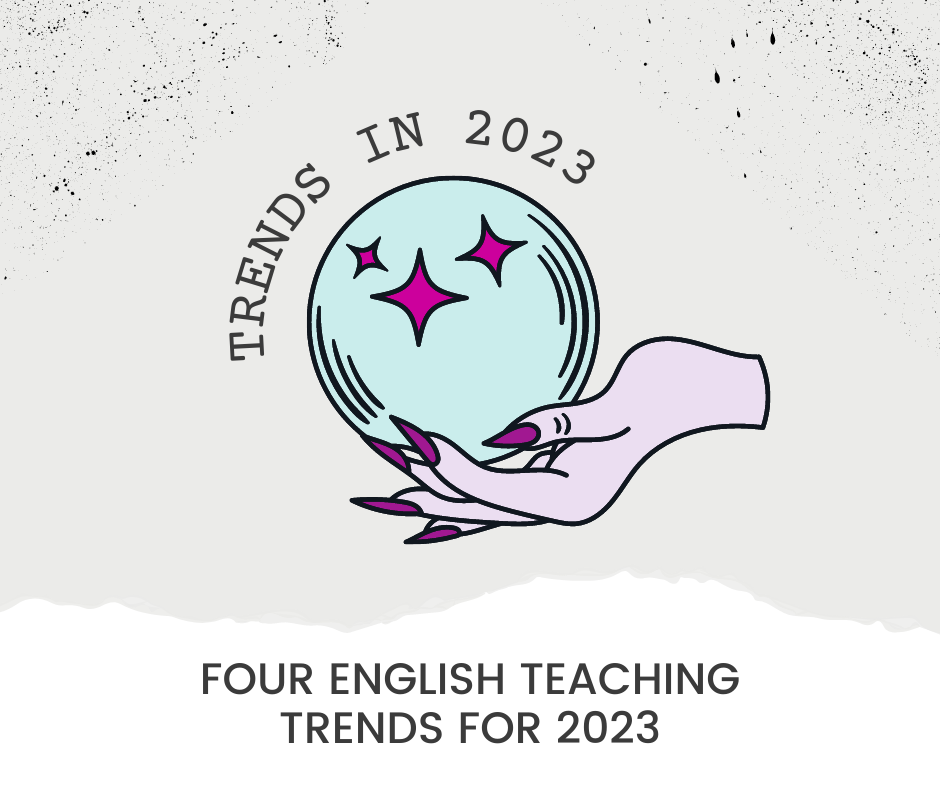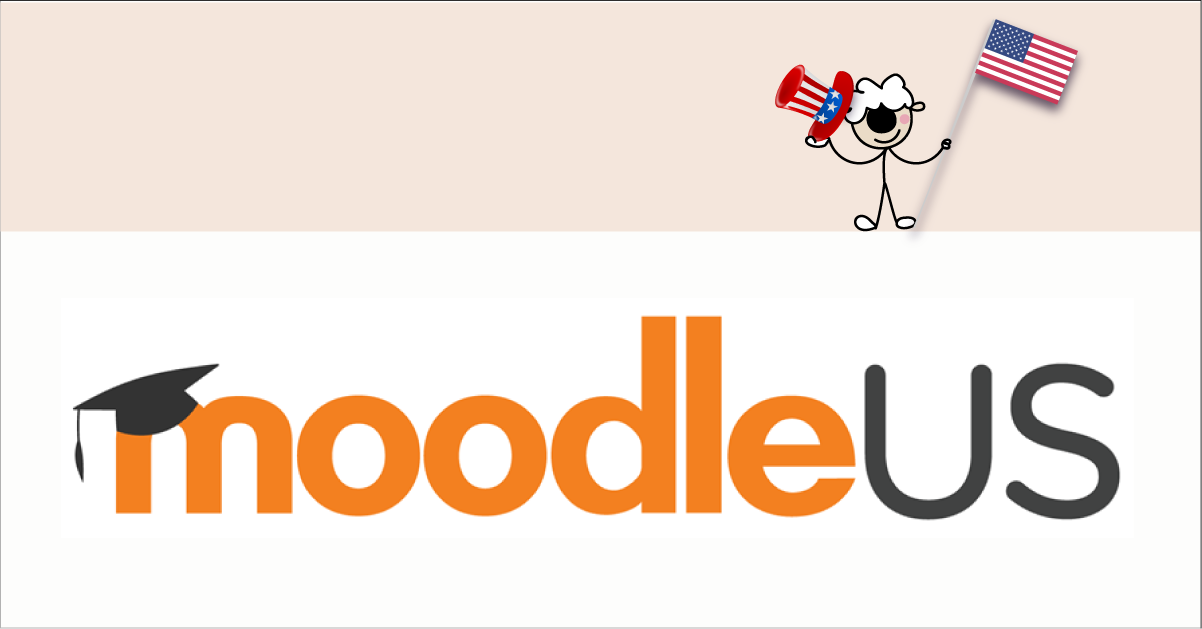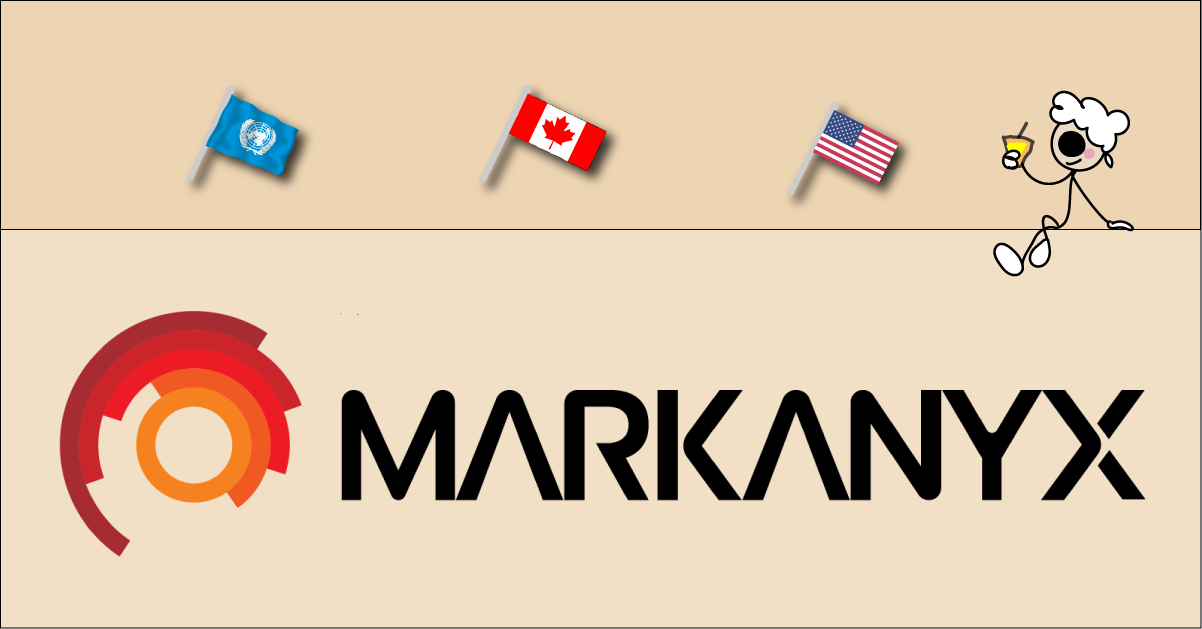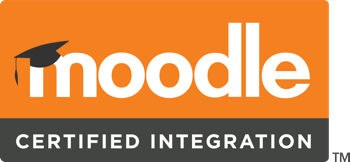In recent years, predictions have been notoriously difficult to make. After all, the many new words we have added to our dictionaries since 2020 – from ecoanxiety to hodophobia (the fear of travelling, particularly in a pandemic), to social distance, and doomscrolling – show us just how much has changed in unprecedented ways.
Nevertheless, Poodll has taken out its crystal ball to find out what we will be talking about in the teachers’ lounge in 2023. Read on for our four trend predictions for English teaching and the one evergreen that is here to stay. Stay with us until the end of the article and we will share our favorite new word of 2022 with you.
Trend 1: Online and Distance Learning is Here to Stay
As lockdowns lifted and learners filled classrooms and university lecture halls again, many were happy to return to in-person learning and teaching. Particularly the early months of 2020, with ill-equipped schools, overwhelmed teachers, and struggling students and parents, demonstrated the pitfalls of online education.
However, the often underfunded and quickly assembled early-pandemic classes never reflected the full potential of online learning. As new technologies emerge and instructors become more knowledgeable and tech-savvy, the benefits of online learning become increasingly clearer:
access to a wide range of courses (especially for smaller communities)
individual learning paths for high-achieving students or those in need of more support
increase in digital literacy
location- and time-independent learning for greater accessibility
mitigation of school interruptions (f.e. due to bad weather)
2023 will be the year that fully cements that online and distance learning is here to stay for good. The projected growth of the online education market to US$319.167 billion in 2025 (from US$187.877 billion in 2019) illustrates the trend towards digital learning.
While some programs, particularly for adult learners, will remain fully digital, online learning will be used more as a supplement to in-person teaching than on its own.
Keep in mind that not every student is tech-savvy. If students lack the digital skills needed to access or understand the material, they will be at risk of being left behind.
If you are interested in bringing digital literacy to your English classroom, why not check out the British Council’s free webinar? LINCS, a collection of free materials from US Federal Initiatives to improve teaching, has a self-paced course on digital literacy for English teaching that will provide you with a good basis.
Trend 2: Equity and Diversity Become Even More Important
Questions of equity and diversity in education have become increasingly polarised – from banning books on inclusion and diversity in the US to more and more students supporting social justice causes.
For better or worse the English classroom, with its focus on debate and expression and its endless opportunities to include timely topics and resources, has often been one of the focal points for equity movements and their detractors.
Moreover, and unfortunately, the pandemic increased inequality in almost all areas, leaving students from low-income or non-white backgrounds behind.
In 2023 equity and diversity will not only stay relevant, but they will also take up a bigger role in English classrooms as instructors try to mitigate some effects of the pandemic.
We have collected some of our favorite equity and diversity resources to help you bring even more inclusion and diversity to your teaching:
Gender and LGTBQ+ Inclusion
Safe at School provides a useful collection of strategies that you can use to ensure gender and sexuality inclusion in your classroom.
Reading literature is one of the most challenging and rewarding ways to learn a new language. Why not provide your students with a list of novels by women of color or add these LGBTQ+ novels to your lesson plans?
Racial Equality
The New York Times has compiled this useful list of 26 short films to explore questions of race with your students. At between two and seven minutes long, they are the perfect introduction to discussions or group work.
English is a language with a long history of colonisation. EFL magazine has a list to get you started on decolonising the classroom, from embracing accents to using new materials. For a more thorough examination of racism in the classroom, check out this article.
Students with Special Needs
Teacher Vision has resources for teaching students with special needs as does Edutopia. For a quick intro to teaching English to special needs students, we recommend this video by Dr. Diane Haager.
Trend 3: The Role of AI in the Classroom Will Increase
Few things polarize more than Artificial Intelligence (AI). For some AI means smarter, more productive classes and support for instructors and students. Others have visions of being replaced by an AI teacher or fear implementing a technology that is poorly understood.
As with any technology, AI is what you make of it. AI can be used to automate tedious tasks or evaluate student data so that instructors can make more informed decisions and support students where they need it most.
So how can you use AI in your English class in a way that makes sense for you and your students? Here are three simple, very easy-to-implement suggestions:
Use Speech Recognition
Have your students speak with an AI assistant like Siri or have them practice pronunciation with Google Doc Speech recognition.
Talk to the Bot
Have your students talk to a Chatbot to practice English. This is great for shy students as they won’t feel judged by a bot.
Use Auto-Grade
Use AI to decrease your grading workload so you can focus on supporting your students in other areas. Poodll Solo employs speech-to-text software and NLP artificial intelligence to evaluate students speaking and increase their oral competencies.
Bots or AI assistants won’t replace teachers. They are not supposed to. AI, at least for now, is still a somewhat limited tool that helps you teach – nothing more, nothing less.
If you are an AI newbie and curious about using AI in the classroom, we recommend reading Artificial intelligence in EFL classrooms: Friend or foe? The article gives a good introduction to what AI is and how it can be used for teaching.
Trend 4: Task-Based Language Teaching
Task-based language learning (TBLT) has been around for a few decades but this method will increasingly dominate classrooms in 2023.
TBLT involves tasks that are typically rooted in authentic real-life situations. The focus lies on improving students’ communication skills, rather than on learning grammatical forms, prescribed vocabulary, or structures set out in textbooks.
Instead of learning about new language concepts in a defined, teacher-focused way, TBLT encourages students to use their new target language naturally and to their best abilities.
A TBLT lesson typically consists of different stages:
- Preparation: A teacher introduces the topic (f.e. food, drinks), and the task (f.e. hosting a birthday party), and sets clear expectations. Students have the chance to review relevant content.
- Task: Students complete the task in pairs or groups, using their language skills.
- Review: Students share their tasks with their peers. Teachers and other learners give feedback.
- Follow-up: Based on the students’ performances, instructors may assign additional exercises.
Tasks can be any real-life situation that involves communication: Have your students plan a trip to their favorite country, visit a doctor’s office, or record a podcast. More advanced students can simulate business meetings or start-up pitches.
TBLT has many advantages over more traditional methods. It is student-centered, focuses on real-life communication skills, and prepares learners for authentic scenarios.
TBLT is already a popular teaching method but it will become even more widespread in 2023 as instructors are looking for ways to bring authenticity into their classrooms.
If you have never used TBLT in your classroom, the British Council provides a brief mini-lesson on the method here as well as task ideas to get you started.
The Evergreen: Preparing Students for the Job Market
In a globalised workforce, English will remain one of the most important job skills. Whether it is writing a resume for an international employer, communicating with clients from different countries, or reading vital reports and papers – your lessons, directly and indirectly, prepare your students for their future careers.
English classrooms have long been spaces where learners acquire more than new vocabulary and grammatical concepts. By teaching English, you also teach intercultural knowledge, communication, and soft skills – thereby preparing your students for the job market.
More than 90% of employers see soft skills as critical when hiring a candidate. Teamwork, interpersonal skills, problem-solving or critical thinking are soft skills that can easily be included in your English lessons.
Check out this video to get started on how to teach soft skills that will prepare your students for their future careers.
Looking to support your students with potential medical careers? Try our Medical English: Communication for Doctors class that focuses on medical communication skills. The course seamlessly integrates into your existing Poodll products.
Poodll is a set of tools for language teachers used by hundreds of schools and universities worldwide. If you don’t have Poodll yet, start your 30-day trial here.
Conclusion
Don’t shy away from addressing real-life topics in your classroom or from using technology to your advantage. Authentic exercises and methods such as TBLT, timely issues, and smart use of tech will help you to connect with your students and engage your learners.
We hope you enjoyed this glance into the crystal ball with us. While 2023 will certainly present us with a few challenges, we also have the opportunity to create a meaningful and lasting impact on our students.
P.S.: Our favorite new word of 2022 is Fluffernutter – a sandwich made with peanut butter and marshmallow crème between two slices of white bread. An adorable word for a tasty snack.












